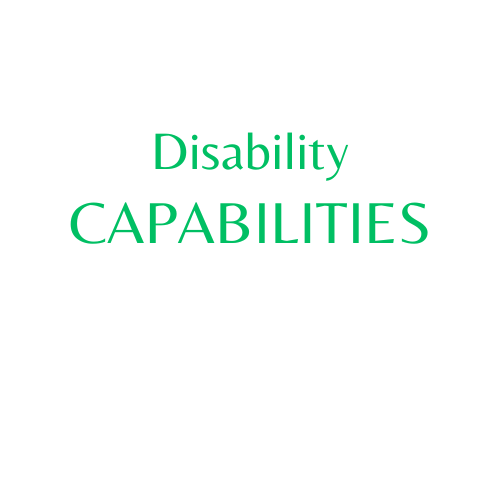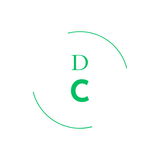Disability Capability Equivalence – A Closer Look at Neurodiversity

Disability in general, causes people to interpret and understand the world in ways different from the majority of people around them. That is only logical because they encounter a set of experiences that causes them to develop distinct lenses of perceiving, understanding, and engaging with the world.
Neurodiversity is fundamentally steeped in the fact that each human brain’s functionality is as diverse as our fingerprints. Thus, a natural variation of human neurocognitive functioning must be recognized in the quest to create an inclusive and equal society[1].
Misunderstanding Neurodivergent Persons
The old society functioned on the basis of defining the notion of the “normal” brain which was to the exclusion of the “abnormal”. This meant people with some of the greatest competencies and abilities were bound to be abnormalized and excluded from society. Thus, Judy Singer developed the concept of “neurodiversity” to chart the divergences and variations in human neurocognitive functions[2].
As technology evolves and scholarship advances, we develop a deeper understanding of how certain people with different neurological patterns communicate. It might be different from what most people think or say.
However, there are ways of developing measures to recognize the intrinsic equivalence inherent in different people’s thought patterns. From there, we can map out strengths and channel them into a comprehensive framework of capability-building.
Through this, the trend of creating discapability among people who are different can be abolished and replaced with systems where unique competencies are tapped and put to their highest and best use.
Leveling Up – New Systems Emerging
Many programs designed to “help” people with divergent thinking capabilities tend to leave high-functioning persons feeling underutilized and therefore limited in their activities[3].
Some entities like the Kaleidoscope Group have developed efficient systems that tend to understand what a disabled or creatively divergent thinker has to offer[4].
This is because many of them tend to feel like they are placed in a glass box when given a job role and job title that comes with so many obligations. In fact, many creatively divergent thinkers find it cumbersome to go through elaborate job application and recruitment processes.
All they know is that they have a definite skill set, and they want a job role that will allow them to work.
And when most of these creatively divergent persons are placed in the right role, they solve the immediate problems, anticipate emergent issues, and provide robust solutions to them before they come up.
Many of these creatively divergent persons have gone on to build high-value startups with minimal investments. This shows the distinctly specialized abilities of these creatively divergent individuals.
Conclusion
As the world moves to a more optimized digitalized system, it is apparent that creatively divergent thinkers’ roles will be recognized and streamlined over time. Thus, the old nerd who was avoided or kept alone will become “mainstream” – thereby forcing “normal” persons to become “average”. Evidence from leveling-up programs has shown that neurodiversity is more of a strength. Thus, society is forced to adjust its systems to pursue a strength-based mechanism of recruiting and selecting people to fill roles. Evidence from the Kaleidoscope Group shows that when creatively divergent thinkers are asked to demonstrate what they can do, they tend to find roles where they excel beyond average standards. Thus, new equivalence metrics will have to be created that recognize neurodiversity as a strength rather than a weakness.
[1] NeuroLaunch. "Neurodivergent Explained: Exploring Neurodiversity and Its Spectrum" Published: August 11, 2024. Available at: https://neurolaunch.com/what-is-neurodivergent/
[2] Simon Baron-Cohen. "The Concept of Neurodiversity Is Dividing the Autism Community" Scientific American Mind 30 (4) 2019 pp30-32
[3] Luke Dubec, Courtney Gerver, Nancy Dennis & Roger Beaty. "Enhancing creative divergent thinking in older adults with a semantic retrieval strategy" Aging, Neuropsychology & Cognition 2024 DOI: https://doi.org/10.1080/13825585.2024.2414855
[4] https://www.kaleidoscope.group/ourservices/





